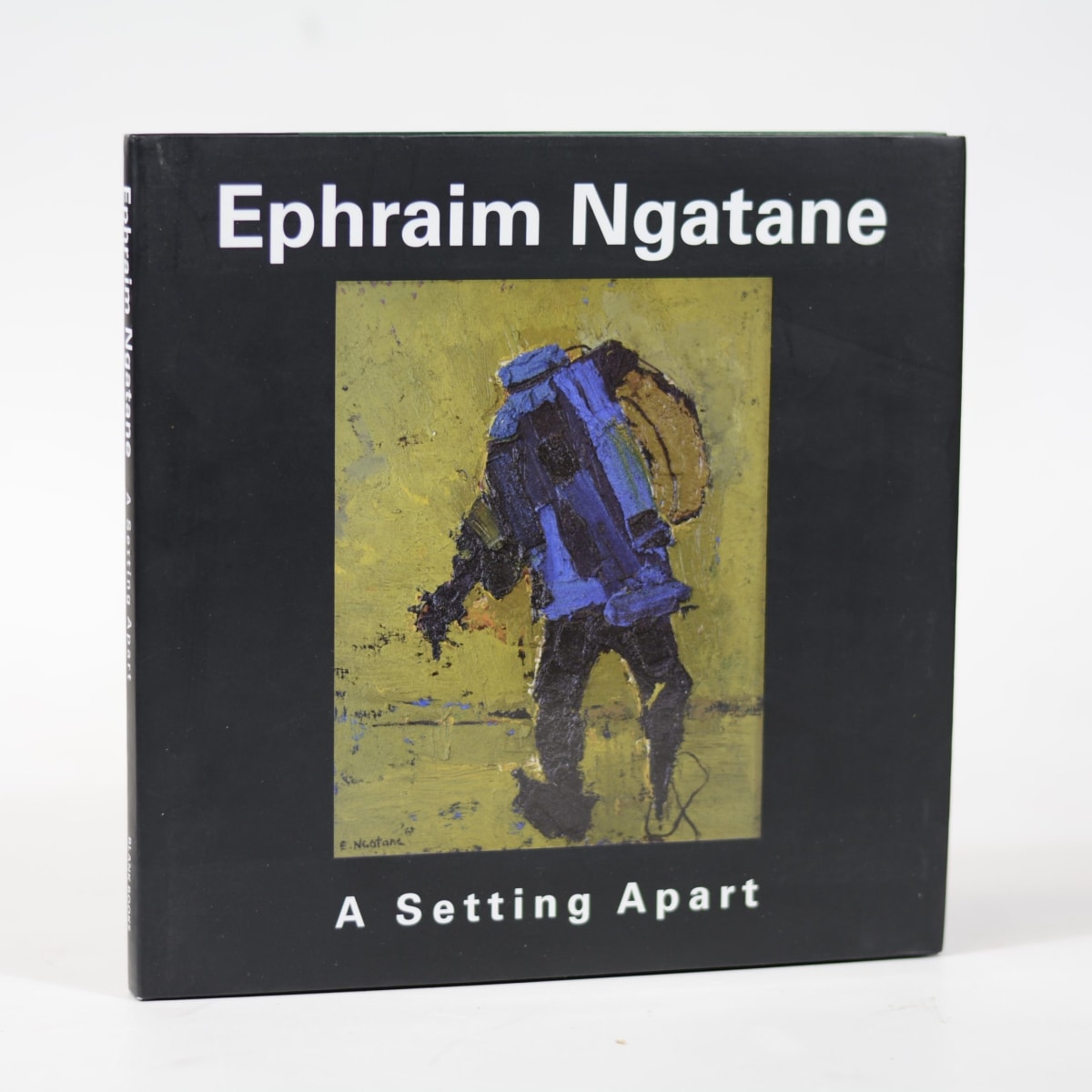Ephraim Ngatane South African, 1938-1971
Ephraim Ngatane was born in what is now Lesotho in 1938. Shortly after his birth, his family moved to Johannesburg. He was said by his teacher to have been a shy boy who stammered but who had an extraordinary talent for art. As a young teenager, he was taught by Cecil Skotnes at the famous Polly Street Centre. As Skotnes once recalled, Ngatane ‘soon discovered that painting was not just a hobby for him, but a way of life.’ He subsequently became a teacher at the Jubilee Art Centre when Polly Street closed down.
Ngatane took up the narrative tradition of painting from the likes of John Mohl and Gerard Sekoto, moulding and distorting it into new abstract territory. Ngatane’s work was a dramatic shift that, in many senses, changed South African art history. It stood him apart from the stylistic and conceptual mainstream of his colleagues and contemporaries in the Polly Street and Jubilee Art Centres.
His use of the pallet knife and his representations of apartheid’s inequities had an almost immediate effect on black artists and art critics. As Bessie Head wrote in 1963, Ngatane ‘is an intense, passionate, controlled, vividly imaginative artist, and his Township Scenes rebound and vibrate with life.’ Head stated that Ngatane’s work ‘shatter[s] the calm of societies built in illusions.’
Ngatane spent much of his time moving around the townships, painting, and playing music. He was the leader of a jazz band in which he played the saxophone and the penny whistle. Although little is known of his sports career, he registered as a professional boxer under the name ‘Kid’ Ngatane. A year after a groundbreaking exhibition in 1963 at the Alder Feilding Galleries in Johannesburg, he was reported in the Sunday Chronicle newspaper to be suffering from tuberculosis. While being treated for the disease in a sanitarium, he met Dumile Feni, and the two collaborated on a famous set of murals.
On 13 March 1971 Ngatane was admitted to Baragwanath Hospital complaining of chest pains. The following day, at the age of 32, he collapsed and died, succumbing to the ravages of TB.
Ngatane’s understanding of representation and abstraction, with his ability to apply it in watercolour as well as oils, made him, in his short lifetime, one of the most recognised artists in the country. His works were collected by the likes of the William Humphrey’s Art Gallery and by many well-known white art collectors. His rendering of township life, the fragmentation of apartheid, and social anxiety places him among the most important South African modernists.
Collections
Iziko South African National Gallery
William Humphreys Art Gallery
Johannesburg Art Gallery
MTN Collection




